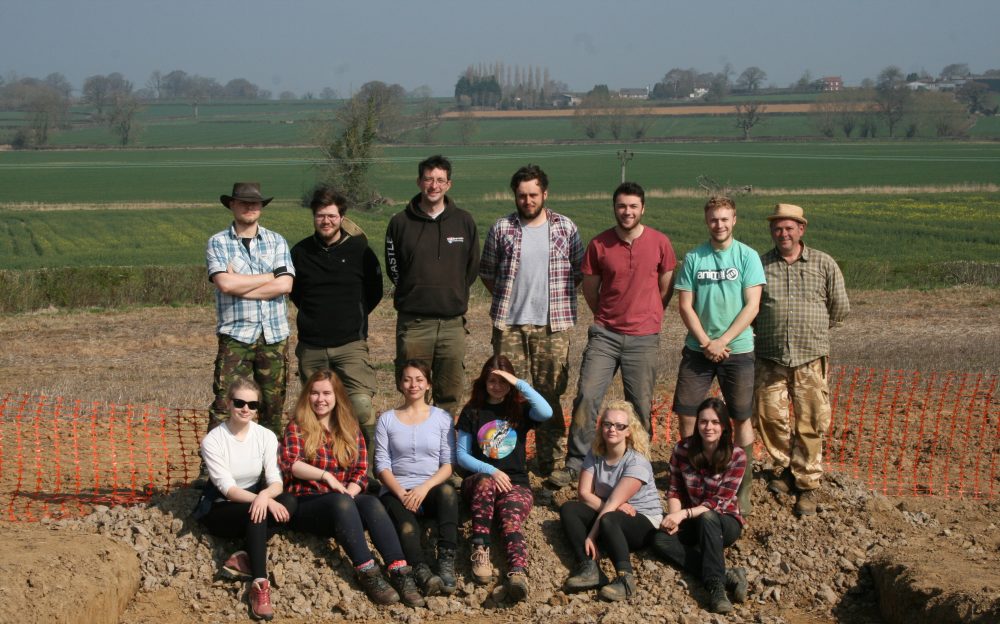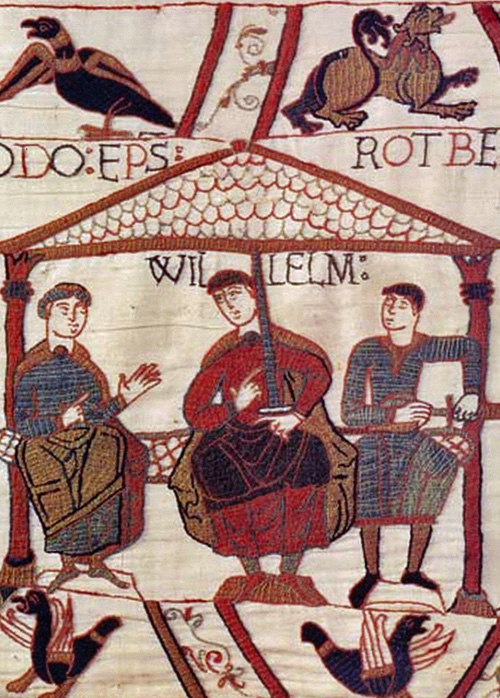Week two began with us bailing and sponging the two trenches after rain over the weekend. We also took the opportunity to scrape back and photograph Trenches A and B.

In Trench A, Lucy and Hayley were joined by Mary and Sue who are members of SSARG.
Trench B was a hive of activity. Chris, Jessie, James G and Ollie continued to excavate the complex feature in the NW of trench B. This feature became even more complex when Chris and Ollie uncovered a ceramic field drain which appears to have been placed without a cut being visible in the trench section.

The rest of the team in Trench B cut another slot trying to clarify the stratigraphic sequence.
Meanwhile at camp, Bill was witnessed chasing a springer spaniel who had decided to liberate some bread rolls.
A special thanks to our neighbours, who have provided us with some homemade wine.




